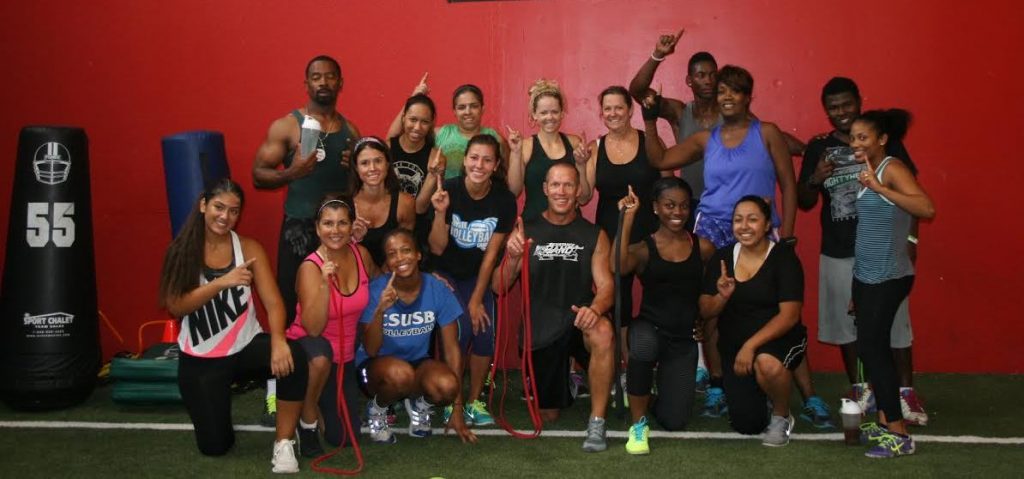RBT for Seniors
Muscles are dumb. They do not recognize a dumbbell from a resistance band or from simply lifting your own body weight. However, what does happen is the body responds and adapts differently to different training tools.
These different adaptations are why training on a daily basis with a flat, continuously-looped resistance band becomes important. Resistance band training for seniors will develop certain components of functional strength, like balance, mobility, usable strength, better than using free weights like a dumbbell, barbells, kettlebell, medicine ball, barbell, or a sandbag. Plus a band’s unmatched light weight, portability and low cost make it very convenient for seniors to exercise right at home.
Why Should Seniors Consider Resistance Band Training?
- The lightweight construction of a band allows exercising to take place anywhere, anytime. Therefore, strength training does not require driving to a local fitness center or having to go to a special class. Instead, bands allow seniors to train anywhere they choose, including the privacy of their own home.
- Resistance bands provide a large resistance variability. As a result, one single resistance band can provide approximately 40 pounds of variance which, in turn, allows individuals with varying strength levels to train with the same bands. The Band Chart breaks down the resistance level of each Quantum Band
- Resistance band training allows seniors to perform exercises in multiple angles and planes. This not only develops better functional core strength, but also allows them to train in multiple standing postures to help train balance and coordination. Both are key components of function that we start to lose as we age.
- Flat continuously-looped bands, which are what I recommend when it comes to resistance band strength training for seniors, allows anyone to train any aspect of general fitness including strength, flexibility, and cardio endurance. As a result, there is no need to purchase additional training tools on what can, at times, be a tight fixed budget.
- Elastic resistance becomes more challenging the further the band is stretched. This is referred to as an “ascending resistance” versus the resistance created by free weights which is referred to as a “constant resistance”. This unique ascending resistance provides seniors with several important training benefits that may not be as important for a younger age fitness enthusiast when it comes to keep joints feeling good.
6 Key Resistance Band Exercises for Seniors
Changing Band Resistance Quickly
There are two ways to decrease band resistance when using bands. One is to decrease starting tension by positioning yourself closer to the band attachment site.
The other way is to decrease band resistance is by using a smaller band. Both of these options can be quickly manipulated during the rest/transition time, while performing a band strength circuit.
The fact is bands allow seniors to make quick changes in resistance based on their energy levels.
How to Set Up Your Workout
For the most effective resistance band training, I recommend using time-based, versus rep-based sets. This allows individuals to focus on the exercise and effort, versus having to count reps.
I recommend a 30-second work time, followed by a 30-second rest/transition time when first starting out. Following this exercise interval sequence, perform one exercise for 30 seconds, before resting and preparing for the next exercise.
I suggest starting with the above mentioned exercises and performing all six before taking a one-minute rest and repeating the sequence. Attempt to perform two or three total rounds of these 6 exercises.
As strength and familiarity with the exercises improve, individuals can advance this workout by increasing workout time to 40 seconds and decreasing rest/transition time to 20 seconds for each exercise.
However, I recommend starting with a smaller yellow super-micro or red small band to ensure you are performing the exercise safely and with optimal movement quality.
Tips for Seniors on Choosing Their Resistance Band
Having worked in both a physical therapy environment as well as a fitness environment, I have determined which bands work best for the senior population.
The key is to make sure that you can initiate an exercise with a slight tension already placed on the band. You should also be able to complete a full range of motion knowing the resistance will become more demanding at the end of exercises versus the beginning.




